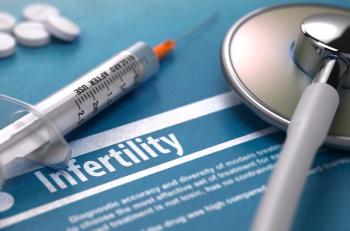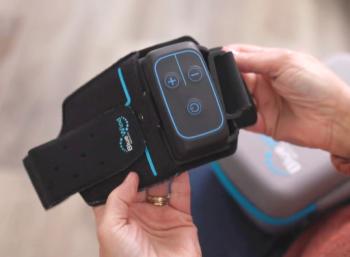
Physicians, medical staff report on burnout caused by COVID-19 pandemic
AMA publishes National Burnout Benchmarking report for 2020-2021.
Stress levels are rising and job satisfaction is creeping downward for physicians and medical staff, according to the
The survey of 10,935 physicians, nurses, and medical assistants aimed to find key drivers of burnout during the COVID-19 pandemic, from January 2020 to December 2021, according to an AMA report.
In their responses, 72% reported feeling satisfied with their current job, down 4% from the 2019-2020 benchmark. It was the first time there was a drop in overall job satisfaction, the AMA report said.
Just over half of respondents are experiencing
Younger women who were earlier in their careers also experienced high rates of burnout because they have had to shoulder an enormous burden throughout the pandemic, with child care and adjusting to remote school, said Kyra Cappelucci Ng, a program manager for AMA Practice Transformation.
In April, Ng discussed the 2022 National Burnout Benchmarking report in an
In the webinar, Ng noted the AMA survey results were “highly focused” in primary care. Among the respondents 64% were physicians; in that group, 19% specialized in family medicine, 9% specialized in pediatrics and 8% focused on general internal medicine, with another 7% specializing in obstetrics and gynecology, according to AMA data.
Overall 51% of respondents said they were experiencing burnout, based on respondents’ own definitions of the condition, Ng said.
Among specialties, “almost 70% of oncology respondents were burnt out. This was followed by family medicine at 59% and critical care medicine at 57%,” Ng said.
Record time
The survey included clinician data about time spent completing patient electronic health records (EHR).
“Overall, in our benchmark, 46% of respondents note that their time on the EHR outside of normal scheduled work hours is excessive and moderately high,” Ng said. “This is highest in our physician respondents, unsurprisingly, at 51%. Also, in oncology at 64%, and in family medicine at 61%.”
Additionally, “30% of our respondents did note that they spend more than six hours per week — almost a full workday per week — on the EHR outside of normal scheduled work time,” she said. “On average, respondents spend 4.3 hours outside of normal work time, which is 1% greater than the previous benchmark.”
AMA members keep a close eye on the EHR figures, which were “pretty stark” for primary care physicians even before the pandemic, Ng said in the webinar.
Solutions
For solutions, AMA leaders believe the problem lies in health care systems, not people, and
AMA began asking respondents how much they feel valued by their organizations because it is a protective factor against stress, burnout and intention to leave. Making people feel valued is a low-hanging fruit” opportunity to curb burnout and prevent people from leaving, because more clinicians are reporting that intention to leave health care in the next two years, Ng said.
Those can be really basic things, such as making verbal and written acknowledgements that people are doing a good job and contributing to an organization. Peer support programs and transparent communications by health care leadership can help curb clinicians in organizations, Ng said.
The AMA
Newsletter
Stay informed and empowered with Medical Economics enewsletter, delivering expert insights, financial strategies, practice management tips and technology trends — tailored for today’s physicians.














